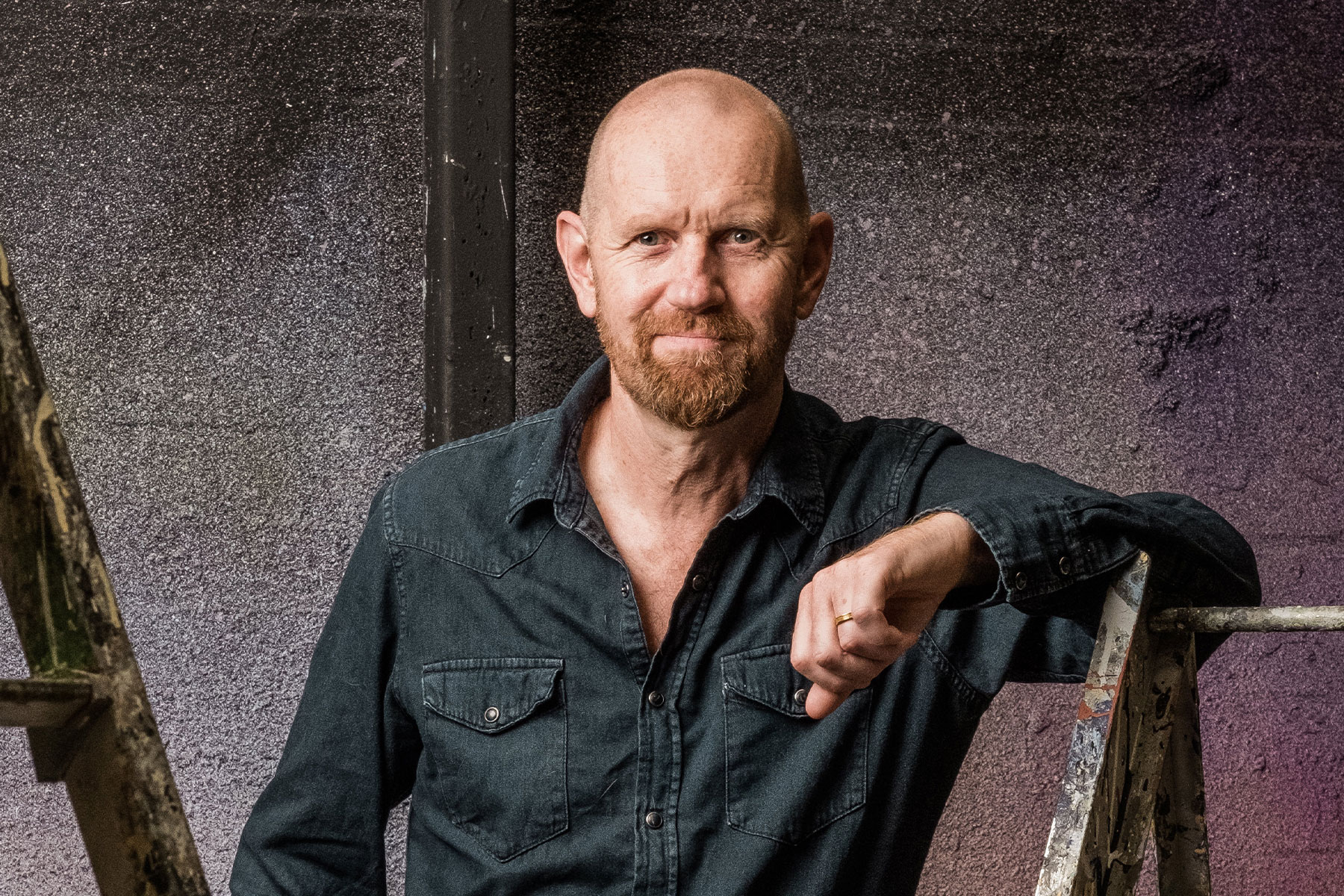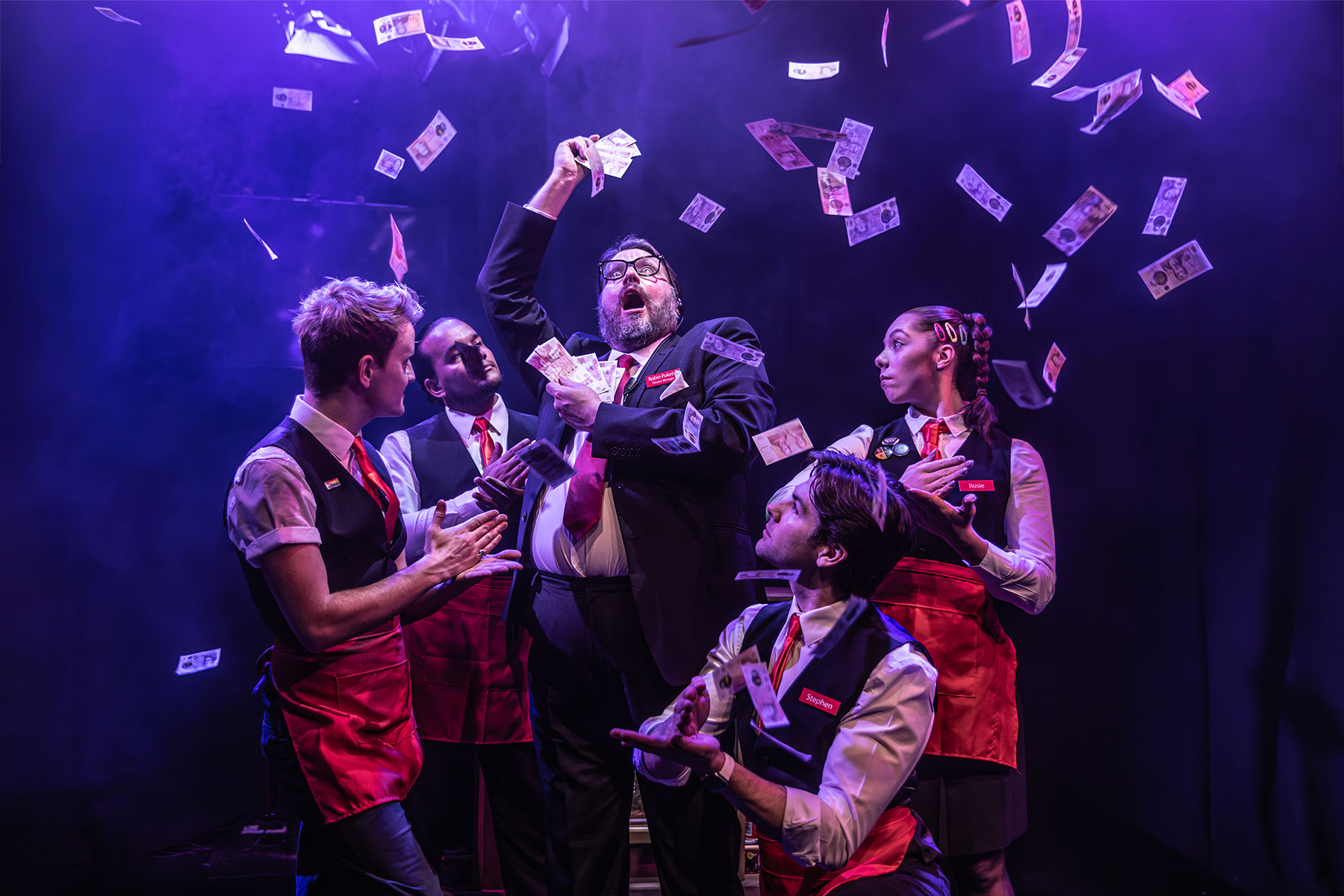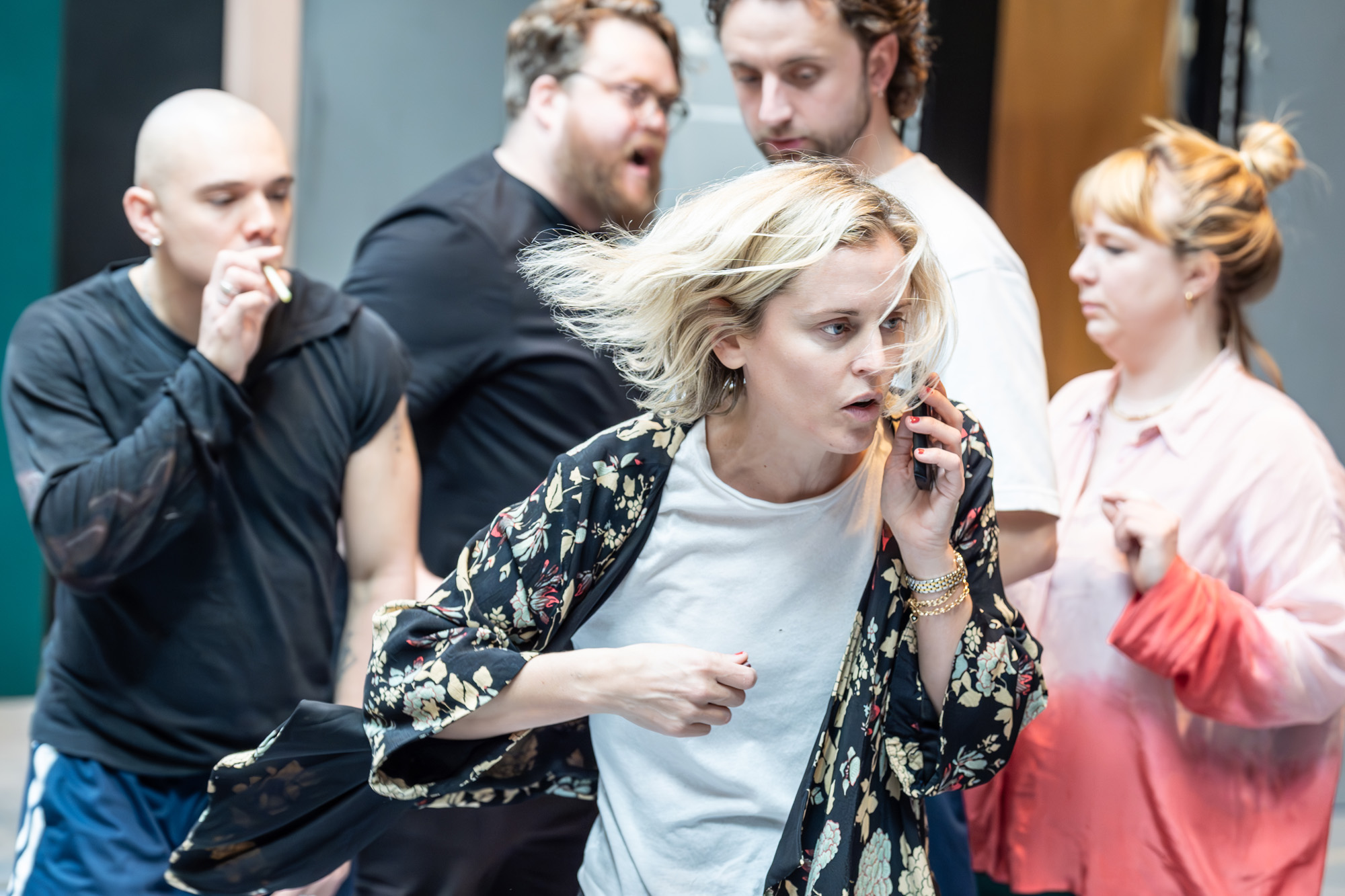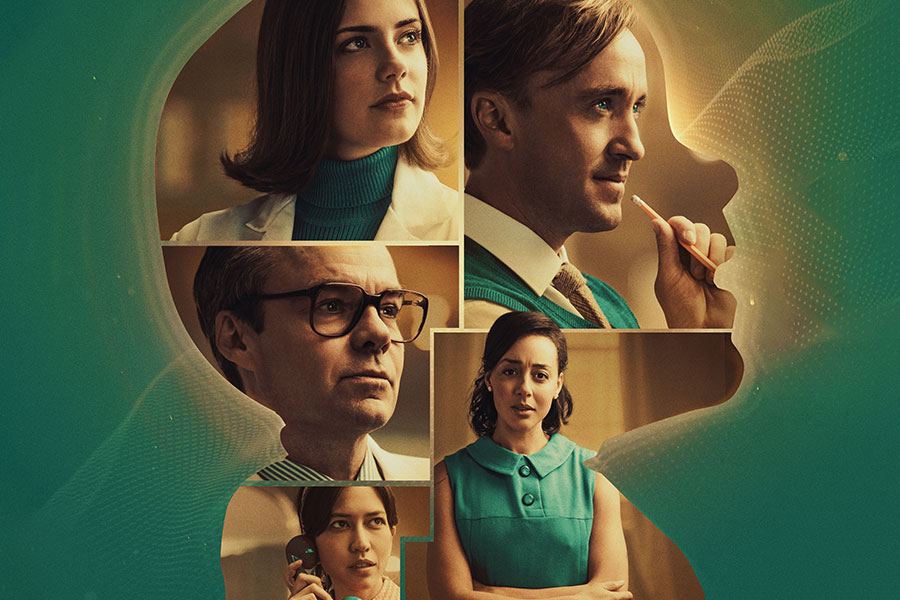Go Back for Murder (OFS Studio, Oxford)
When Carla Crale comes of age, she receives a rather unexpected inheritance: the news that her mother murdered her father sixteen years before and a letter protesting her innocence. Before long, Go Back For Murder draws us into her search for truth and, inevitably, back into the past.
Being an Agatha Christie, the play naturally delivers all the twists, turns and red herrings we have come to love but, like many of Carla’s theories, the play suffers from a false start. This is partly the fault of a rather stage-unfriendly script, beginning as it does with a series of interviews in which the only action is in the recounting, and partly due to the limitations of the set which was split into four areas lighted in turn. Whilst in theory this is quite an ingenious idea and certainly a visually effective one, in practice it gave the actors almost no space to move. The first half was therefore very static, lack-lustre and even the best efforts of a very strong cast could not quite stave off a certain creeping dullness.
All that changed however in the second half. As soon as Carla assembles all the witnesses at Alderbury to piece together the run-up to the murder though flashbacks and testimonies, the play gains all the momentum and energy that were so conspicuously absent before. The action becomes fast-paced and, no longer hemmed into corners, the actors can properly dominate the stage and bring to life their characters and their passions.
The play’s greatest strength lies in its very talented cast who all, without exception, gave polished performances. Of particular note were Joe Robertson as an understated yet touching and believable Justin Fogg and Chloe Courtney as the spiteful yet vulnerable mistress. Credit is also due to Jenny Ross who played Carla with an energy and determination that ensured our heroine was never lost amongst the vibrant suspects who surround her.
In all, Go Back For Murder is something of a flawed gem. I thought its first half merited two stars and the second four which why I have gone halfway and plumped for three. If it only began at the interval it would be a brilliant play but it is unfortunately hampered by an slow, unwieldy beginning. As the play stands, however, it does still have much to offer and for those who do see it, the rewards of the second half are great. After all, who can resist the draw of an unsolved mystery?
– Alice Fletcher










